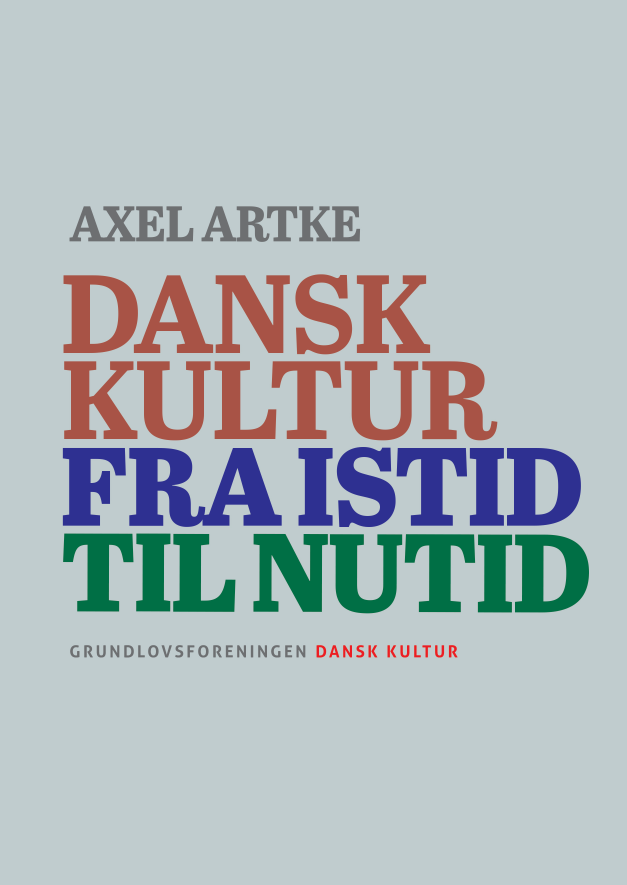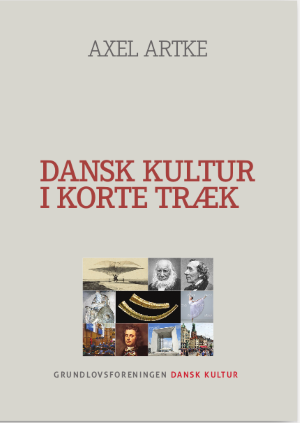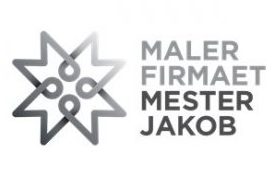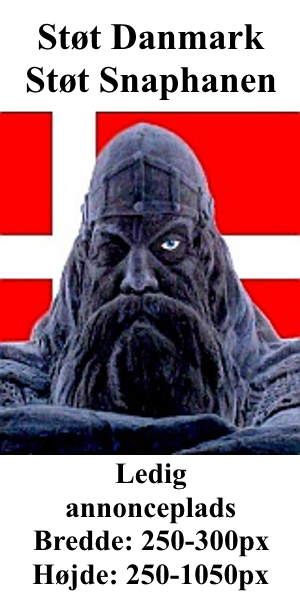by Enza Ferreri
I’m afraid that Raymond Ibrahim might in the not-so-distant future have more work to do when compiling his monthly statistics of persecution of Christians. European countries may have to be added to his list.
Persecution of Christians in Europe takes mainly two forms. The first is the age-old type that we already know from what happens in Asia and Africa as Muslim (mostly illegal) immigrants spread across the globe.The second is the brand-new, “liberal” kind, deriving from European elites’ efforts to marginalize Christianity in its own historical home.
I’ll focus in this post on a few examples of the increasing number of physical attacks on churches, Christian festivals, other symbols of Christianity and even Christian people throughout Europe. It must be noted that destroying crosses is a well-documented Islamic tradition
In a cemetery in Pausa, Saxony, Germany, a 2-meter-tall statue of Jesus Christ was beheaded and the head smashed to pieces. Pastor Frank Pierel reported that such attacks take place rather frequently in his area.
In Strunjan, Slovenia, the “artist” Dean Verzel and others set fire to a votive cross erected by local seamen in the year 1600, replicating the gesture he had performed 10 years before in 2002 and for which he had been acquitted. Repeating an often-heard justification for all sorts of anti-Christian garbage, “it’s nothing against Christianity”, he said, “it’s a ‘work of art'”.
In the cemetery of Canohès, France, four Christian graves were vandalized and covered with anti-Christian slogans.
In Bologna, Italy, a Moroccan student approached the faithful attending the procession of Corpus Domini and shouted “You’re all a flock of sheep, you’ll go to hell!” He was charged with offending people and a religious faith.
In Clouzeaux, France, the Church of the Bon Pasteur was set fire to in broad daylight. The fire was lit in three different places and caused immense damage. The altar was totally destroyed, electrical wires pulled out of the wall, crucifixes, pews, chairs, panels, chandeliers toppled and broken, holy water fonts, extremely precious vestments, and many other religious objects completely ruined. Apparently it was three local children, aged 14, 13 and 12, who caused damage of 50,000-70,000 euros.
Still in France, three men entered the Church of Cruseilles on Holy Saturday and set fire to leaflets, prayer and hymn books. The cloth covering an altar was also burned and the main altar damaged.
More cemetery vandalism in France, in Sussargues, where graves were covered with anti-Christian writings and crucifixes were turned upside down, and church vandalism in Paris.
In Duisburg, Germany, churches were attacked over the New Year with stones, firecrackers, rockets, causing tens of thousands of euros’ worth of damage. The congregants said that this was not the first time.
The main server of the Catholic Church in France was hijacked by a Muslim Algerian hacker who took control of a total of 475 French websites, many Catholic, the content of which he replaced with the message “No God But Allah and Mohammed is Messenger Of Allah”.
This tops it all. In Nimes, France, people who had attended a Catholic festival were leaving in cars and buses when young Arab-Muslims from the neighboring estate started to throw stones at their vehicles coming from the sanctuary. The event organisers were forced to arrange a diversion to a different route to protect the occupants of the vehicles from the savage attacks, which continued.
In Nice, France, the traditional, annual Catholic procession for the Feast of the Assumption of Mary, celebrated throughout the Catholic world on August 15 but by the parish of Our Lady of the Assumption in Nice on August 14 evening, is now under police protection. During the last procession the entire route, 400 meters long, was lined by police. Who the faithful need protection from can be guessed when we know that Nice has a large Muslim population, who has been holding its prayers every Friday for years, illegally occupying public streets with impunity.
To remain in Nice, one of its churches received the dubious honor of being adorned with a huge Algerian flag on the front, covering the words “Saint Peter”.
Watch this video translated by Islam versus Europe (IVE) about the many attacks committed against churches and cemeteries all over France in the first half of 2011, but prepare to be upset.
In Milbertshofen, Munich, Germany, a Catholic church has been the object of a continuous aggressive campaign for more than a year, with services disrupted, walls smeared, holy water receptacles filled with urine. Things have been set on fire, and tiles torn down from the roof; consequently it rained inside, with risk of damage to the almost 500-year-old tableau. The culprits are the neighborhood’s youths and even children, almost entirely from a migrant background. A local social worker says that the youths are becoming more radical and the attacks are increasingly religiously motivated. (This video was also translated by IVE.)
Another video shows St Calogero Church in Agrigento, Sicily, Italy, after Ales Halid, a drunken immigrant from Ghana already known to the police for other crimes, entered the church shouting in Arabic and smashed a small black statue of the saint against a wall. The man was so agitated that it took four police officers to restrain him before arrest. Two officers got injured and Halid also damaged the police car.
“Now we have to understand what drove this man to act in such an ugly manner” the video says, but it inadvertently hints at an answer when it adds that the attack took place “during the festivities dedicated to the Monaco Turco [Turkish Monk, a reference to St Calogero] worshipped by the people of Agrigento, saint who has been acclaimed by Bishop Montenegro as a model of integration among peoples.” Maybe Halid did not want “integration”, and particularly objected to a Turkish Christian monk called “the black saint”.
Notice that none of the Italian media reporting this called the man “Muslim”. This is the usual media line, which the president of France’s National Council of Muslim Faith for some reason thought in need of being reinforced when last week he asked journalists that, in case of aggressions, the religion of neither victim nor aggressor should be mentioned.
In the cemetery of Belleville-sur-Meuse, France, the bronze statue of Christ carrying the cross was broken and fifteen graves were desecrated.
In Burgos, Spain, the two statues of St Peter and St Lawrence of the 13th-century Gothic church of San Esteban were beheaded. Police were puzzled by this attack against a place of worship, which is also an architecture jewel and an important cultural and historical heritage. The main hypothesis was that it was an act of vandalism because, if it had been a robbery, the thieves would not have damaged the statues. The church’s parish priest said this was “the first time” an attack on San Esteban had ever occurred in its 8 centuries of existence.
A few years ago, 57-year-old Canon Michael Ainsworth was beaten up in his own east London churchyard by three Muslim youths who caused him serious injuries. The attacks on vicars or churches were so frequent in that parish with a large Bangladeshi Muslim population that they prompted Melanie Phillips to write:
“Indeed, there appear to have been many attacks by Muslims who are clearly intent on turning east London into a no-go area for Christians”.
“A survey of London clergy by National Churchwatch, which provides personal safety advice, found that nearly half said they had been attacked in the previous 12 months. The organisation suggested that vicars should consider taking off their dog collars when they are on their own.”
The two facts that France has the lion’s share of these less than edifying episodes and that, with 7.5 per cent of its population being Muslim, has the highest percentage of Muslims among Western European countries seem to go hand in hand rather well. I could go on but you’ve got the idea of the current trend. This is only the tip of the iceberg.
Enza Ferreri is an Italian-born, London-based author and journalist. She has been a London correspondent for several Italian magazines and newspapers, including Panorama, L’Espresso, La Repubblica.
Ingemar Rydkvist väntar sig religionskrig, Täppas gör det inte











Hey there would you mind letting me know which webhost you’re using? I’ve
loaded your blog in 3 completely different browsers and I must say
this blog loads a lot faster then most. Can you suggest a good web hosting provider at
a fair price? Many thanks, I appreciate it!
Til ovenstående: Altså – perspektivet er bekymrende.
Det sker ikke kun i udlandet. http://www.jv.dk/artikel/1277857:Toender–14-aarig-pige-tilstaar–Satte-ild-til-Kloster-kirken-i-Loegumkloster “Det var en 14-årig pige fra lokalområdet, der søndag den 29. januar satte ild til til den historiske kloster-bygning i Løgumkloster. Pigen blev afhørt og sigtet i går. – Hun har erkendt, at det var hende, oplyser vicepolitikommissær ved Tønder Politi, Henning Marcussen. Ved branden midt i kirketiden blev dormitoriet i tilknytning til selve Klosterkirken delvist flammernes bytte. Desuden blev dele af klostret og kirkerummet røg- og sodskadet. Om baggrunden for brandstiftelsen og selve fremgangsmåden ønsker politiet ikke at udtale sig.” Offentligheden har aldrig fået mere at vide, men jeg synes det er… Read more »
[…] . . Läs mer här […]
MED BRAVEHEART OG JESUS I FELTEN Når moral og religion er på programmet, viser hovmod sig i de mest besynderlige afskygninger og skaber heftig modstand. Senest har jeg set det på document.no, hvor pseudonymet Breidablikk, der præsenterer sig som teolog og idehistoriker, har forsøgt at afslutte en længere debat over tre tråde og ud fra sin personlige tankegang forsvare, at vore rødder kan siges at være jødiske, om end vedkommende mener, at det er problematisk at hævde det i det offentlige rum. Ja, det tør siges, for det er i høj grad det, sagen drejer sig om, vores påståede gæld… Read more »
Det er på høje tid, at europæerne går til væbnet modstand.
Borgerkrigen har hele tiden været enden på dette cirkus!!!
falkeøje